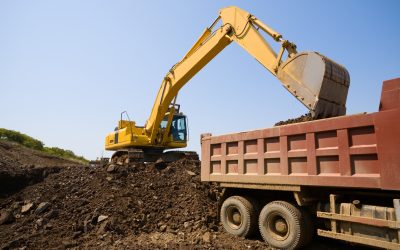Many property owners and managers have to keep track of the amount of utilities being consumed within a building or residence. This is especially true concerning water consumption. The average person uses between 80 and 100 gallons of water each day. This high volume of water usage can end up costing property owners a lot of money. One of the best ways for building and residential owners to keep water flow under control is with a water meter installation.
Basic Facts about Water Meter Installation
A utility or water metering agency typically installs water meters onto a person’s property. Some plumbing companies perform this service as well. Keep in mind that there are different types of pumps which can be used to measure the flow of water.
Velocity and displacement meters are the two basic types of water metering devices which are used to measure water flow. There are also electromagnetic and ultrasonic meters that can be used for this purposes well.
A metering company or utility agency will install or upgrade these devices for a fee. Many utility companies or community metering agencies want to ensure they are properly charging customers for the amount of water they are using. So, they will sometimes install this component on a property without charge.
Displacement Water Metering Installation
Displacement meters are commonly used in residential homes and small buildings. This type of meter is also known as a positive displacement meter. Once the machine has been installed; water will pass through the device. The unit will measure the amount of water flow as it passes through the device. Customers will then be charged according to the measurement taken.
A water metering device is usually inserted between two pipes where water enters the home. Once the device has been connected, it will then begin to measure the flow of water accurately as it passes through the pipes and the meter.
Velocity Meter Installation
Velocity meters measure the speed or velocity of the water as it flows through the unit. These devices are also set up between two points along the primary pipe connections.
Irrigation and Primary Meters
Irrigation meters are used for lawn and landscaping purposes. Customers are not typically charged fees for waste water when they use this type of metering device. Primary meters are the types which are set up in offices, houses, and small businesses. Clients will be charged wastewater fees for their use.
Industrial and Large Scale Water Meters
Industrial operations and large scale facilities such as hospitals, schools, and apartment buildings typically need compound water meters to monitor water usage. They employ both displacement and velocity principles to measure water consumption. When the water flow is low it is measured through the displacement process; high water flow is measured with velocity.
Water metering equipment used for large scale operations are typically set up outdoors inside of large concrete vaults or they can be inside of a metering pit. Large meters are also installed next to a building where the flow of water enters into the structure. Ultimately, water metering equipment is the best way for property owners and water suppliers, such as ABT Water Management, to keep water consumption and expenditures under control.



